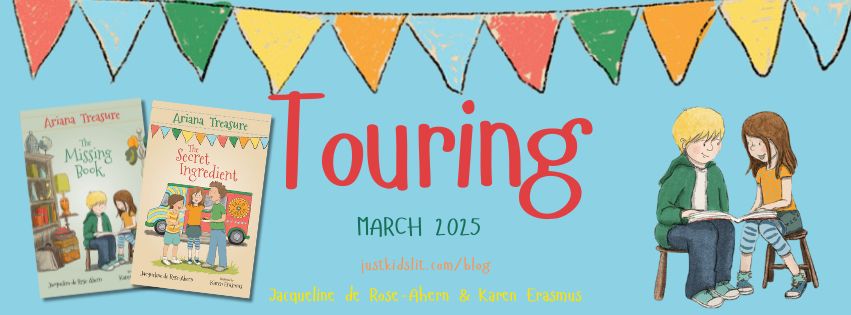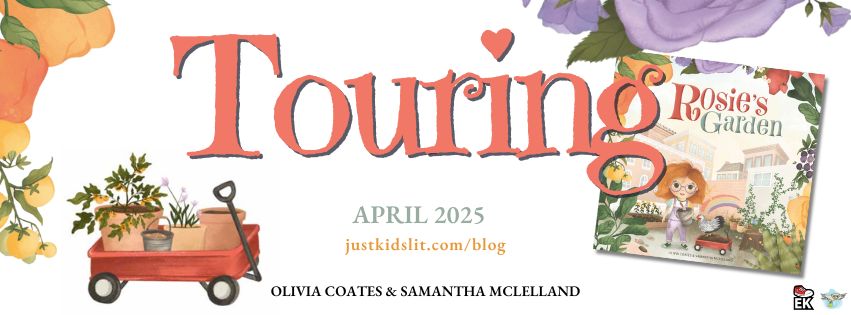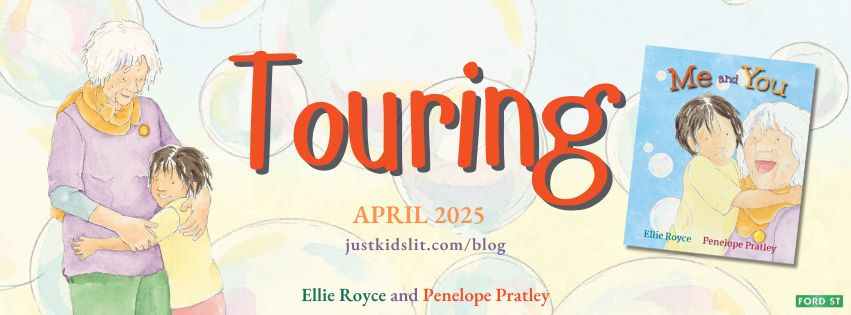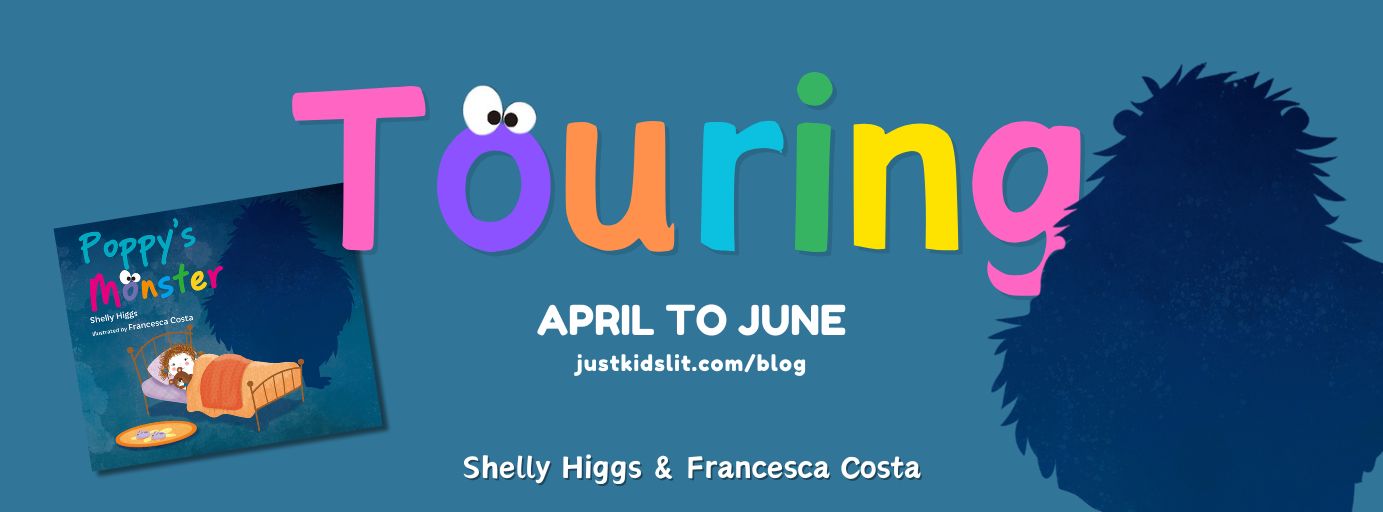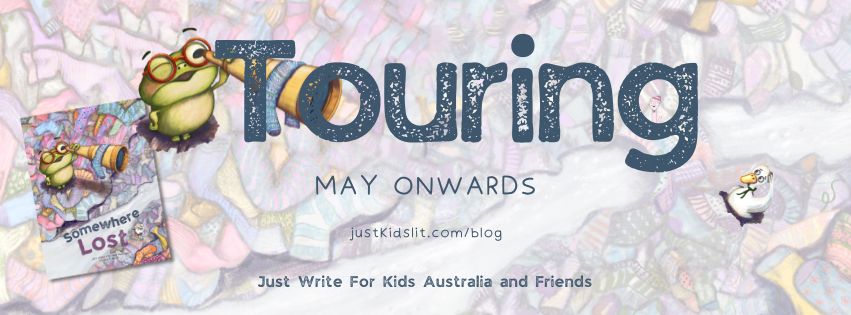#patrickwhite #bookcampaign #booksontourpr #day5
 Being able to attract young readers to read and write about non-fiction, biographical accounts requires certain elements. According to Toni Brisland, author of the fascinating middle grade book about the life of celebrated novelist, Patrick White, there needs to a mix of quirkiness and fun thrown in to the facts. Today, we will deliver instructional activities for BOTH children AND adults, in writing about non-fiction texts! Scroll down for Toni’s fantastic article on writing children’s non-fiction texts.
Being able to attract young readers to read and write about non-fiction, biographical accounts requires certain elements. According to Toni Brisland, author of the fascinating middle grade book about the life of celebrated novelist, Patrick White, there needs to a mix of quirkiness and fun thrown in to the facts. Today, we will deliver instructional activities for BOTH children AND adults, in writing about non-fiction texts! Scroll down for Toni’s fantastic article on writing children’s non-fiction texts.
Patrick White, written by Toni Brisland, illustrated by Anastasia Popp, published by Little Steps Publishing, August 2020.
Key Curriculum Areas
English
Literature and context – Year 3/4
Discuss texts in which characters, events and settings are portrayed in different ways, and speculate on the authors’ reasons (ACELT1594 )
Literature and context – Year 5/6
Examining literature
History Achievement Standard: They describe the experiences of different people in the past.
Students sequence information about events and the lives of individuals in chronological order using timelines.
Students develop, organise and present their texts, particularly narrative recounts and descriptions, using historical terms and concepts.
–
Reference: Australian Curriculum
Age Range
8 – 12 years
Discussion
What is the type of genre called for a piece of writing about someone else’s life?
What do you know about Patrick White?
What do you want to know?
How will you find out?
How will you present this information?
When researching about someone’s life, what order can we list the events? We can call this chronological order, and can present this as a timeline.
How else can we categorise the parts of the person’s life? Make a list of parts / sections to divide the information.
Learning Activity for Kids: Biography Poster
Objective: To research important or significant pieces of information about Patrick White and present the facts in an interesting way.
Task: Create a poster, folder or book with flaps that each have written information about Patrick White.
Headings can include:
Name / Full Name, Date of Birth, Birthplace, Parents, Most Famous for…, Early Years, Education, Working Life, First Achievement, First Book, Greatest Achievement, Novels / Poetry / Play Titles, Fun Facts, Did You Know?, Photo or Portrait
Some examples…
Tips for Kids and Adults on Writing Children’s Non-Fiction – article by Toni Brisland
A question writers of non-fiction for children asks themselves is – why will a child want to read this?
As an ex-teacher whose instinct is to instruct, I was tempted to approach the writing of my non-fiction book on the life and times of Patrick White from the point of view of – why should a child read this. I quelled that inner voice and focussed on the first question.
The obvious place to start, after the topic has been chosen, is to research the subject broadly and thoroughly using primary sources. Read everything possible on the subject. Planning is important in so far as topics have to be decided and being organised helps to keep notes and ideas in order. It’s easy to become overwhelmed when the research produces copious amounts of material. So, be methodical and develop a reference system that works for you and enables you to find something that you’ve read, and consequently want to write about, quickly.
In narrative non-fiction, in my case, a biography of Patrick White, it’s easier to organise the material: the person’s life can be presented chronologically and significant events and achievements deserve special mention. Identifying quirky facts can create interest and if you enjoy your subject, that joy will flow through to the writing.
But, back to the question – why will a child want to read non-fiction? In my opinion, there are four elements that are the most important: focus, story, energy and appeal.
Focus: The topic and purpose should be clear. The challenge is to write in a way to hold a child’s interest by writing lucidly and beautifully about things that a child can relate to in their own life. This is an art form and children’s writers are lucky in that they still have a bit of a child inside themselves and they like being around children so they have those things to draw upon. Primary Schoolers are open and imaginative and like learning about people they haven’t yet experienced.
Story: Children like story – a remarkable, memorable story. And, in non-fiction the trick is to choose an interesting story line for your topic and to tell this real story in such a way that you carry the child along with you. Help them identify with what you’re saying. By way of example, children understand “bullying” so in my non-fiction book about Patrick White, I tell the story of how he was bullied at school. Non-fiction helps children develop the ‘background’ knowledge to what they will learn later and how they will act, so in “Patrick White” I show how he handled being bullied and how he overcame it; as well as, how in his later life he was able to identify the personality characteristics that “make up” a bully at any age.
Energy: Descriptive imagery and figurative language give ‘story’ energy. Active voice works better than passive voice. The less abstract the nouns the better. Palpable words and finding the right, emotionally charged words to help the child “feel” your content will help them turn the page, as will baiting your audience by encouraging them to ask “the why” behind what you say.
Appeal: You never forget the books you loved as a child. You may forget the words or even some of the pictures but you don’t forget the way they made you feel. This is part of the appeal of any book. In non-fiction for children, you don’t need your reader to remember everything you’ve written about, but if you help them to empathize with and have an emotional attachment to your subject, you can help them remember that in later life. My simple aim or theme was to have children recognize Patrick White’s name and that he is Australia’s only Nobel Laureate for Literature.
In conclusion, too many facts can drag down the poetic flow of the work. Children don’t need to know every detail of your topic, just the facts that support the theme, told in a way that is kid friendly.
Follow Toni Brisland at these links:
Website: www.tonibrisland.com
Facebook | Twitter | Instagram
Patrick White is available to purchase at Little Steps Publishing | Booktopia.
Write in for a Chance to WIN Patrick White #BookGiveaway!
Click on the link here for your CHANCE to WIN a copy of the remarkable Patrick White!
Come on a historical, literary journey with Toni Brisland and her stunning non-fiction book, Patrick White, with special appearances at the following media sources…
Organised by Books On Tour PR & Marketing. Email: info.booksontour@gmail.com











